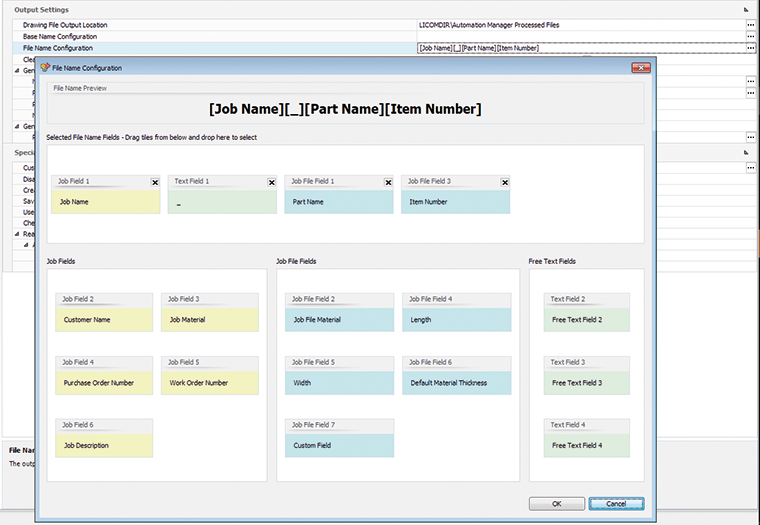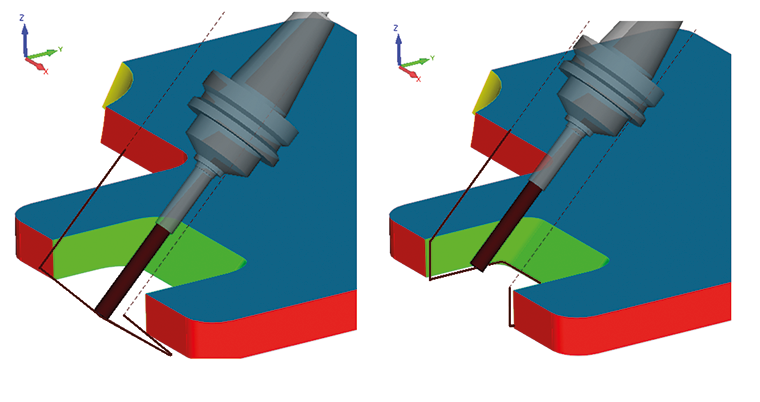As part of Hexagon’s philosophy of supporting data-driven Smart factories, the latest release of Alphacam CAD/CAM software speeds up how jobs which require several processes are managed.
A new job type has been introduced in Alphacam 2020.1 – the Multiple Process Jobs functionality makes it simpler to create jobs and orders which need to be outputted to more than one machine or require any secondary processing at the same machine in Automation Manager.
“In the past, users had to create multiple jobs to process complex operations in Automation Manager,” says product manager, Chip Martin. “But now, a single job can be created, containing all the different machines and manufacturing processes that the part goes through.”

New File Name Configuration enhances Automation Manager’s output file options
He highlights an example of machining the top and back of a part. In the latest version of the software, those two processes can easily be worked as a single job. “NC code will simply be created for both of them automatically, which is also the case for additional machines and other processes,” he says.
This improvement streamlines how complex manufacturing processes are handled in Automation Manager. “Once the process is defined, and the Multiple Process Job is created, the operator can easily repeat the same complex job many times for different parts,” explains Chip. “Also, the user interface will help show exactly which processes and machines the part will go through.”
Several enhancements have been made to Automation Manager’s output file options. Firstly, the new File Name Configuration dialog creates names from job information, job files, or any custom text.
Secondly, a number of improvements to Report Creation include the ability to generate up to four different layouts, which can also be printed. All the materials being used can be included in one report, and a report can be produced for each material and each nested sheet.
“This fine-tune control means users can tailor Automation Manager output entirely to their specific requirements,” says Chip.

The rough/finish of solid faces with Tool Side function has been improved

The rough/finish of solid faces with Tool Side function now supports cylindrical faces to be machined. Planar and cylindrical faces can be combined in a single selection. For solid faces that are perpendicular or undercuts, an active workplane can be used to define the preferred approach angle (scanning direction).
“In the previous release we introduced the ability to machine solid faces directly for rough/finish and sawing,” says Chip. “This has now been enhanced to allow simple planar faces to be machined without creating new geometry.”
Cylindrical faces as well as planar faces can now be selected, and Alphacam automatically finds the best angle for machining them. This calculation is carried out while keeping a fixed angle for the tool in a workplane, guaranteeing that most controllers will be able to support compensation (G41/G42), and Lead-In/Out generated by Alphacam.
“Before this improvement, users had to carry out several steps to machine a selection of faces using the tool side,” concludes Chip. “Now, instead of creating workplanes and extracting geometries, they simply select the faces for machining, and Alphacam calculates the required tool angle and workplane to machine a selection of faces.
“This is a real time saver.”









